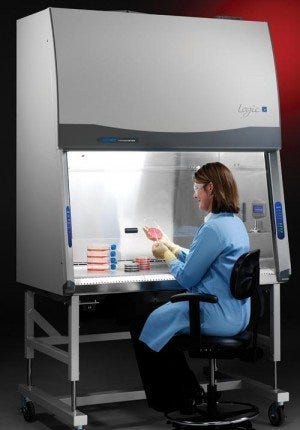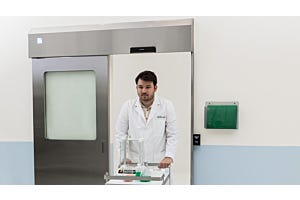- Get a QuickQuote
- Free Consultation (714) 578-6016
- Track Order Sorry, no orders are open for tracking
Biological Safety Cabinets
-
Posted: November 02, 2015Categories: Biological Safety CabinetsRead more »
Biological safety Levels (BSLs) are prescribed by the CDC (Centers for Disease Control and Prevention) to inhibit contamination of a work environment and ensure worker safety by outlining operating procedures and atmospheric controls. If you’ve read the BSL guidance document, you may have found the infection-rate distinctions and cabinet classes hard to conceptualize. Here, we summarize section IV of the Biosafety in Microbiological and Biomedical Laboratories, 5th Edition.
There are four levels of infectious-agent exposure, each designated to abide by a specific set of control designs and protocol. To determine the safety control level, laboratories must consider several factors, including disease transmission and severity, infection potential, microbe or agent origin, and type of work. See “Biosafety Levels” below for a description of each level.
How do BSLs differ from standardized
- All Terra Blog Posts 156
- Glove Boxes 7
- All Laboratory-Equipment Blogs 57
- Air Showers 2
- Iso Compliance 4
- Raw Materials 4
- Garments & Gowning 2
- Cleanroom Vacuums 0
- Feature Comparisons 32
- Wet Processing Stations 1
- Biological Safety Cabinets 1
- Fan Filter Units (FFUs) 6
- Fume Hoods 3
- Cleanroom Furniture 1
- Doors & Windows 2
- Vacuum Chambers 2
- Testing & Analysis 14
- Storage Systems & Processes 8
- Sample Prep & Processing 32
- Cleaning, Decontamination, Sterilization 8
- Cleanrooms 32
- Pass-Through Chambers 14
- Laminar Flow Hoods 4
- General Topic 7
- Furnishings & Equipment 17
- Desiccators 13







